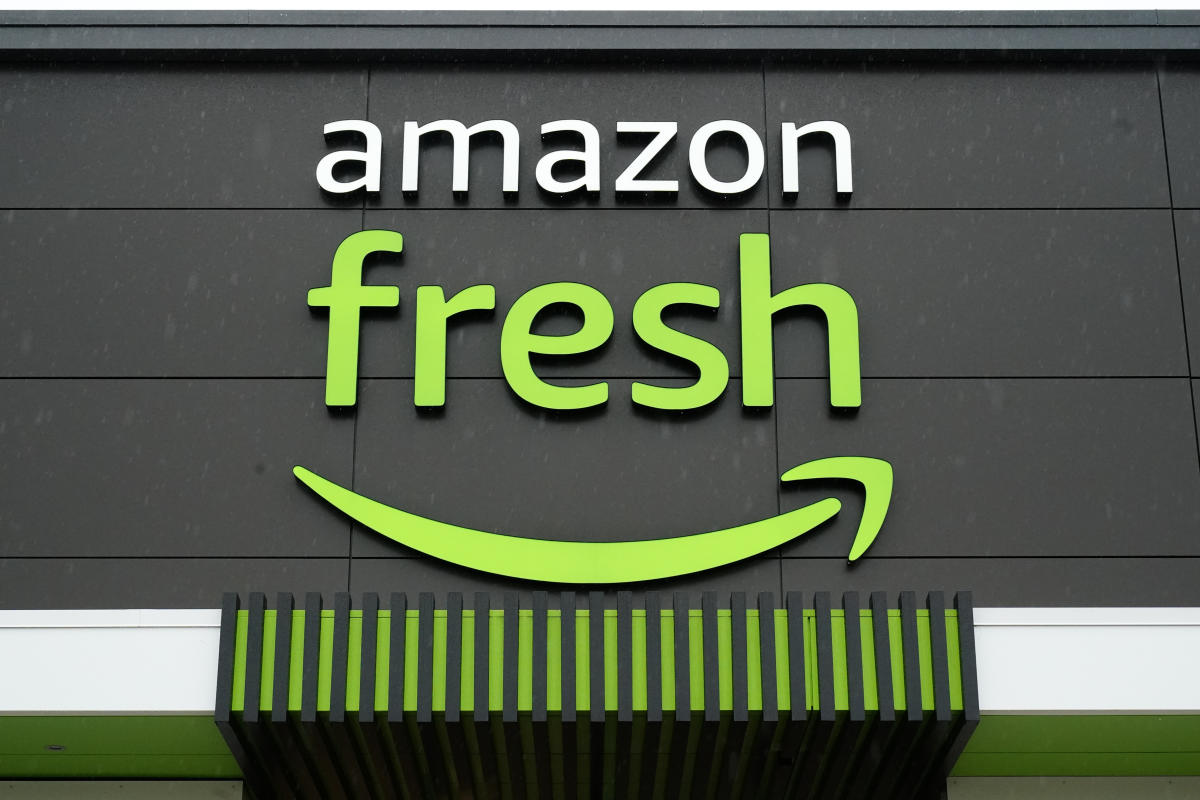Here’s where the smoke and mirrors come in. While the stores have no actual cashiers, there are reportedly over 1,000 real people in India scanning the camera feeds to ensure accurate checkouts.
The wundertech is just human labor under the hood?

Amazon literally runs a Mechanical Turk service, so it’s pretty on brand.
I feel like this section is rather disingenuous for the article author to just drop without mentioning that this is how all machine learning models are trained. The idea is that now (and for the next year or whatever) it’s trained manually until the system is good enough to do it on its own with a good enough accuracy rating to not lose money.
Now, since Amazon is shuttering this, it’s totally possible that they determined they’d need too many years of training data to break even, but at the very least this is standard industry practice for any machine learning model.
I thought so, top, at least initially. However, it sounds like the out sourced cashiers essentially tallied up the orders after the customer left and sent the bill. How much correction had to be applied to the automation remains to be seen. The biggest issue with systems like this is tracking between scenes and angles. It could be the humans in the loop were there to resync the metadata of each tracked object (i.e., customer) as they moved isle to isle or they removed a jacket or whatever.
It’s been 8 years. If they still need humans to check they’ll always need them.
It’s possible the article is referring to how they got the training data, but as we’ve been learning from recent reporting, places like cruise were actually hiring people to monitor the “autonomous” systems.





